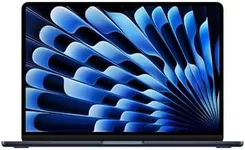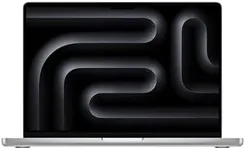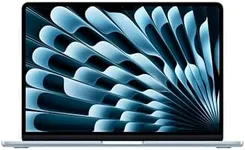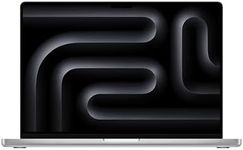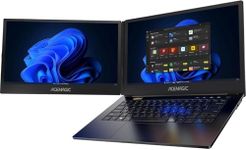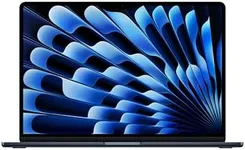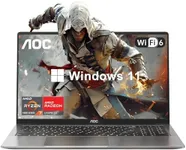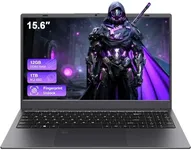Buying Guide for the Best Video Editing Laptops
Choosing the right laptop for video editing is crucial to ensure smooth and efficient workflow. Video editing requires a powerful machine that can handle large files, complex software, and intensive processing tasks. When selecting a laptop for video editing, it's important to consider several key specifications that will impact performance and usability. Understanding these specs will help you make an informed decision and find the best fit for your needs.Processor (CPU)The processor, or CPU, is the brain of your laptop and is responsible for executing tasks and running software. For video editing, a powerful CPU is essential as it handles rendering, encoding, and other intensive processes. CPUs are typically divided into segments such as dual-core, quad-core, hexa-core, and octa-core. For video editing, aim for at least a quad-core processor, with higher core counts providing better performance. Look for CPUs from reputable brands like Intel or AMD, and prioritize models with higher clock speeds and more cores to ensure smooth editing and faster rendering times.
RAMRAM, or Random Access Memory, is crucial for multitasking and handling large files during video editing. It temporarily stores data that your CPU needs to access quickly. For video editing, having sufficient RAM is important to avoid slowdowns and crashes. Laptops typically come with varying amounts of RAM, such as 8GB, 16GB, 32GB, or more. For basic video editing, 16GB of RAM is a good starting point, but for more complex projects or 4K editing, 32GB or higher is recommended. More RAM allows for smoother performance and the ability to work with larger files and multiple applications simultaneously.
StorageStorage refers to where your files and software are saved on your laptop. There are two main types of storage: Hard Disk Drives (HDD) and Solid State Drives (SSD). SSDs are faster and more reliable than HDDs, making them ideal for video editing. Storage capacity is measured in gigabytes (GB) or terabytes (TB). For video editing, an SSD with at least 512GB is recommended, but 1TB or more is preferable for storing large video files and projects. Additionally, consider laptops with expandable storage options or external drives for additional space.
Graphics Card (GPU)The graphics card, or GPU, is responsible for rendering images and videos. A powerful GPU is important for video editing as it accelerates rendering and playback of high-resolution footage. GPUs are categorized by their performance levels, such as integrated graphics, mid-range, and high-end dedicated graphics cards. For video editing, a dedicated GPU from brands like NVIDIA or AMD is recommended. Look for models with higher VRAM (video RAM), such as 4GB or 6GB, to ensure smooth playback and faster rendering times, especially for 4K or 3D video projects.
DisplayThe display is where you view and edit your videos, so having a high-quality screen is important. Key factors to consider include resolution, color accuracy, and size. Resolutions like Full HD (1920x1080), 4K (3840x2160), and even higher are available. For video editing, a 4K display is ideal for precise editing and viewing high-resolution footage. Color accuracy is also crucial, so look for displays with wide color gamuts and good calibration. Screen size is a personal preference, but larger screens (15 inches or more) provide more workspace and can make editing easier.
Battery LifeBattery life determines how long your laptop can run on a single charge. While video editing is typically done while plugged in due to its intensive nature, having good battery life is beneficial for portability and working on the go. Battery life can vary widely, with some laptops offering 4-6 hours and others providing 8-10 hours or more. Consider your workflow and how often you'll need to edit away from a power source. If portability is important, look for laptops with longer battery life and efficient power management.
Ports and ConnectivityPorts and connectivity options are important for connecting external devices and peripherals. Common ports include USB, HDMI, Thunderbolt, and SD card slots. For video editing, having multiple USB ports and at least one Thunderbolt port is beneficial for connecting external drives, monitors, and other accessories. HDMI ports are useful for connecting to external displays, while SD card slots are convenient for transferring footage from cameras. Ensure the laptop has the necessary ports for your workflow and consider the need for adapters if certain ports are missing.
